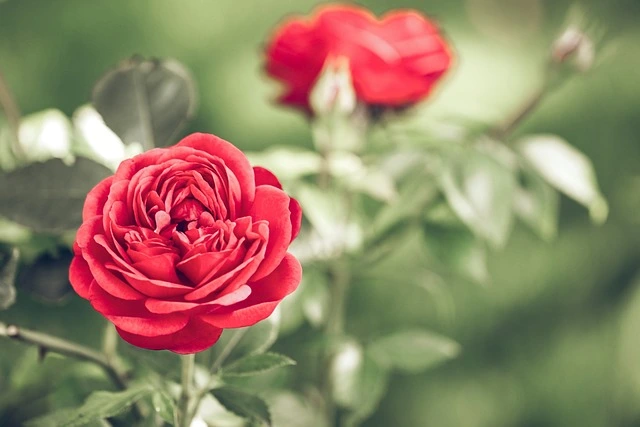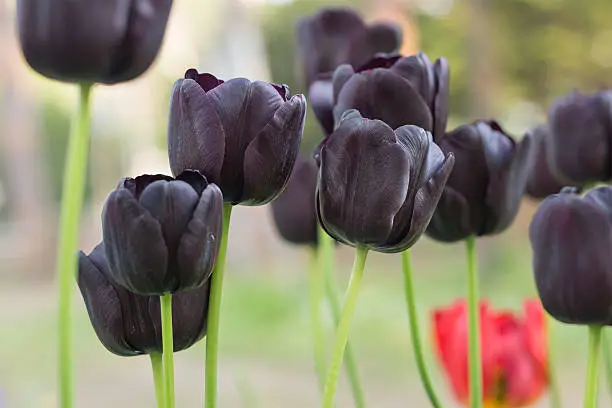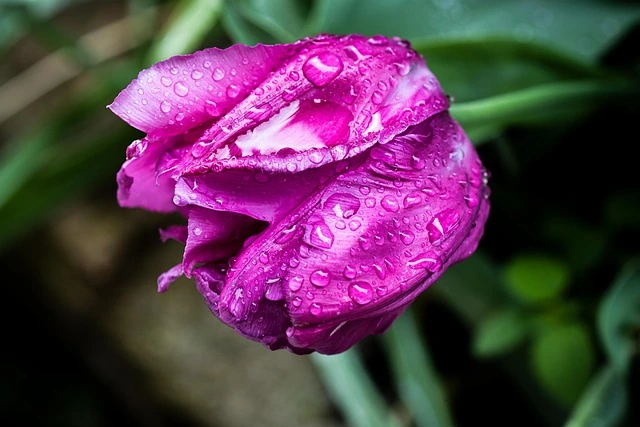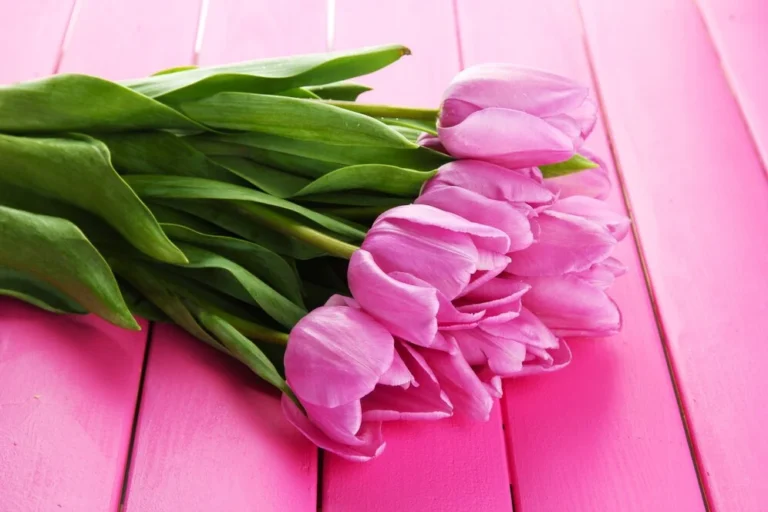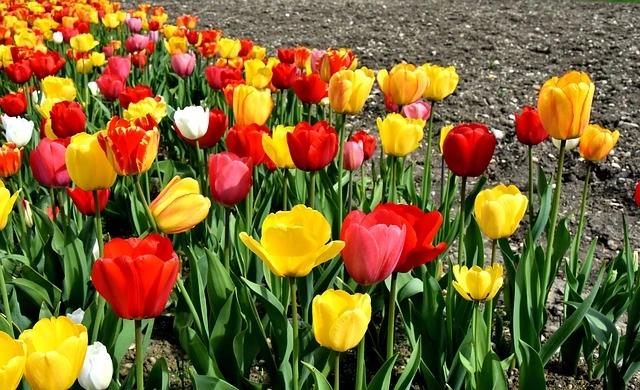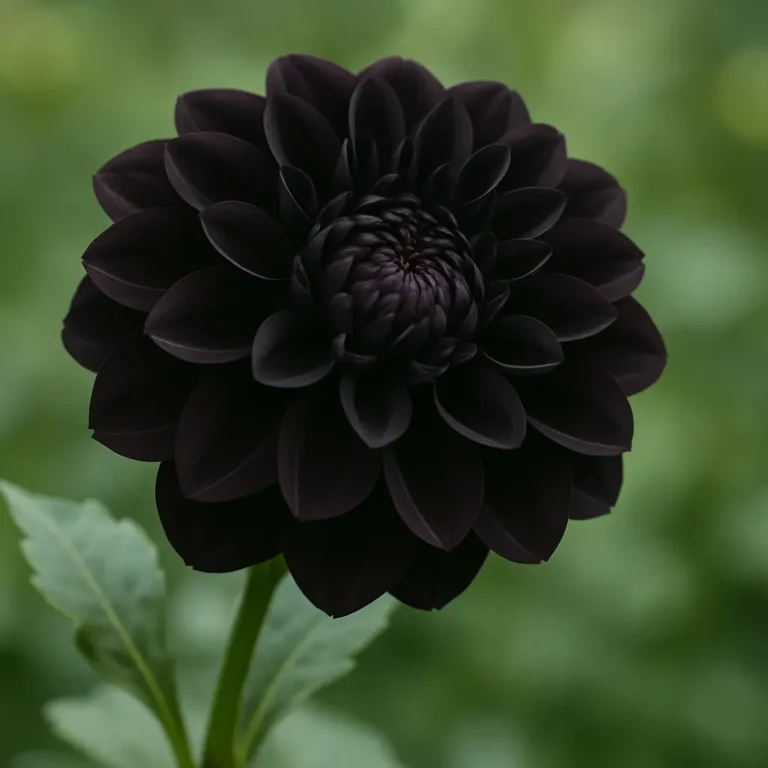Red Carnation : Complete Guide to Growing and Using This Classic Bloom
Table of Contents
Did you know that red carnations are one of the oldest cultivated flowers in the world, with a documented history dating back more than 2,000 years? These vibrant blooms have captivated gardeners and flower enthusiasts for centuries, yet many modern gardeners overlook their remarkable versatility and symbolic importance. The red carnation flower stands as a timeless symbol of deep love and admiration, but its applications extend far beyond romantic gestures.
The Fascinating History of Red Carnations
Red carnations (Dianthus caryophyllus) have a rich cultural heritage that spans continents and centuries. Originally native to the Mediterranean region, these flowers were first cultivated by the ancient Greeks and Romans who used them in ceremonial garlands and decorative arrangements. The name “carnation” is believed to derive from “coronation” or “corone” (flower garlands), highlighting their historical importance in celebrations.
Throughout history, the red carnation has held special significance:
- In Christianity, red carnations symbolize the tears of the Virgin Mary
- During the early 20th century, they became associated with the labor movement
- In Portugal, bright red carnations represent the 1974 peaceful Carnation Revolution
- In Korea, red carnations are traditionally given on Parents’ Day

Growing Your Own Red Carnations
Climate and Conditions
Red carnations thrive in moderate climates with well-drained soil. They prefer:
- Full sun exposure (at least 6 hours daily)
- Slightly alkaline soil (pH 6.7-7.5)
- Good air circulation to prevent fungal issues
Planting Guide
The success of your red carnation flower garden begins with proper planting techniques:
- Timing: Plant in spring after the last frost date
- Spacing: Position plants 12-15 inches apart
- Depth: Plant at the same depth as in the nursery container
- Watering: Provide consistent moisture without waterlogging
Care and Maintenance
Red carnations are relatively low-maintenance, but they do require:
- Regular deadheading to promote continuous blooming
- Moderate fertilization every 4-6 weeks during growing season
- Winter protection in colder zones (mulch around the base)
- Dividing established plants every 2-3 years
Varieties of Red Carnations to Consider
Not all red carnations are created equal. Here are some stunning varieties worth exploring:
Dianthus ‘King of Blacks’ – Deep crimson flowers with an almost black appearance Dianthus ‘Crimson Rim’ – Red petals with striking white edges Dianthus ‘Passion’ – Brilliant scarlet blooms with exceptional fragrance Dianthus ‘Moulin Rouge’ – Classic red carnations with large, double flowers
Using Red Carnations in Floral Design
Red carnations offer exceptional value in floral arrangements due to their lasting freshness and structural strength. Their ruffled appearance adds texture and dimension to:
- Wedding bouquets and boutonnieres
- Holiday centerpieces
- Sympathy arrangements
- Stand-alone single-flower presentations
Pro Tip: To extend the vase life of cut red carnations, trim stems at a 45-degree angle and change water every 2-3 days. With proper care, red carnations can remain fresh for up to 14 days.
The Language of Red Carnations
In Victorian flower language (floriography), red carnations communicated deep love and admiration. Today, they continue to convey powerful messages:
- Dark red carnations symbolize deep love and affection
- Light red carnations represent admiration
- Striped red carnations historically signified regret that a love cannot be shared
Understanding these meanings can help you select the perfect red carnation variety for special occasions and meaningful gifts.
Red Carnations in Culinary Applications
While many people appreciate red carnations for their beauty, fewer know about their edible properties. Carnation petals have a slightly sweet, clove-like flavor that makes them excellent for:
- Decorating cakes and desserts
- Infusing syrups for cocktails
- Creating crystallized garnishes
- Adding color to salads
Important: Only use organically grown, pesticide-free red carnations for culinary purposes.
Preserving Red Carnations
To enjoy your red carnations beyond their blooming period, consider these preservation methods:
- Drying upside-down in a dark, well-ventilated area
- Pressing between heavy books with absorbent paper
- Using silica gel for three-dimensional preservation
- Creating pressed flower art or resin jewelry
Troubleshooting Common Red Carnation Problems
Even experienced gardeners encounter challenges with red carnations. Here are solutions to common issues:
| Problem | Likely Cause | Solution |
|---|---|---|
| Leggy stems | Insufficient light | Relocate to sunnier spot |
| Few blooms | Improper fertilization | Use phosphorus-rich fertilizer |
| Wilting | Root rot from overwatering | Improve drainage, reduce watering |
| Faded color | Too much direct sun | Provide afternoon shade |
Frequently Asked Questions
How long do red carnation plants live? With proper care, red carnation plants can live 2-3 years as perennials in suitable climates (USDA zones 6-9). In colder regions, they’re often grown as annuals.
Are red carnations difficult to grow from seed?
Red carnations can be challenging for beginners to grow from seed, requiring 14-21 days to germinate and 4-5 months to bloom. For quicker results, start with young plants from a nursery.
Do red carnations attract pollinators?
Yes! Red carnations attract butterflies and bees, making them a wonderful addition to pollinator gardens.
How can I intensify the red color in my carnations?
Slightly acidic soil tends to produce more vibrant red colors. Add aluminum sulfate sparingly to intensify red hues, but test soil pH regularly to avoid making it too acidic.
Can red carnations grow in containers?
Absolutely! Red carnations adapt well to container growing, provided they have sufficient drainage and at least 8 inches of soil depth.

Conclusion
Red carnations offer a perfect combination of beauty, symbolism, and versatility. Whether you’re a seasoned gardener looking to add classic elegance to your landscape or a floral enthusiast seeking meaningful blooms, red carnations deserve a prominent place in your botanical repertoire. Their remarkable longevity as cut flowers, coupled with their relatively easy growing requirements, makes them an exceptional value for both novice and experienced plant lovers.
By incorporating these stunning red blooms into your garden or special occasions, you’re connecting with thousands of years of human appreciation for one of nature’s most perfect creations. The next time you encounter a red carnation, take a moment to appreciate not just its beauty, but its remarkable journey through human history and culture.
Share Your Opinion,Did You Find The Article Helpful ?
I like red carnation
Good job
